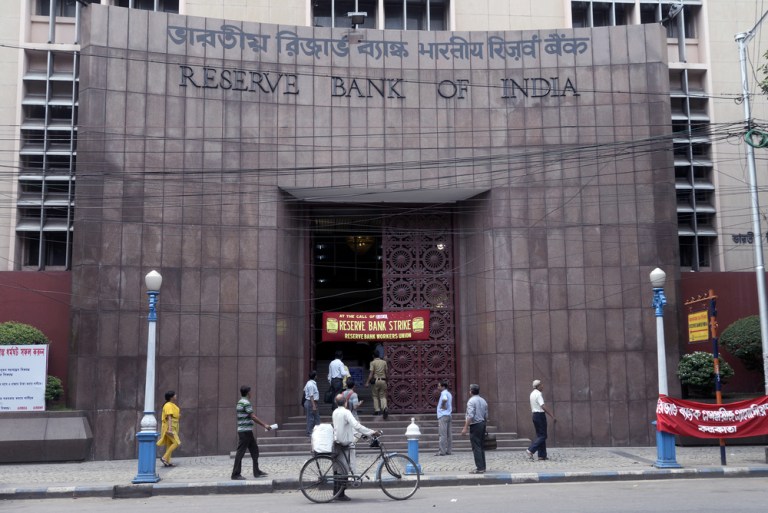
India’s banking sector, like others around the globe, is in the midst of a digital overhaul. Businesses are largely behind the push, with government initiatives promoting a digital economy and FinTech innovators targeting corporate payments and finance in addition to their consumer-focused endeavors.
In a 2016 report, India’s YES BANK highlighted the flourishing digital FinServ space for businesses. In a statement at the time, the FI’s CEO, Rana Kapoor, said the B2B payment landscape was in the midst of a “tectonic shift with the influx of new financial technologies revolutionizing the way banking services are offered to corporate and retail customers.”
Today, however, banks show signs of a struggle when it comes to meeting the increasing demand for digital services among their corporate and small business clientele. Adding pressure to this issue is the fact that bad corporate debts and nonperforming assets on banks’ books are on the rise.
A new report commissioned by SWIFT, with research conducted by the Boston Consulting Group (BCG), is urging corporate banks in India to take action.
Rising Risks, Demand For Digitization: A Double Threat
According to analysts, corporate banks in the country are facing a whirlwind of market pressures, including risks from nonperforming assets, threats of cyberattacks and greater demand for digital services from their business customers.
“Corporate banks will have to redesign their products and processes by putting the customer at the center of the design,” said BCG senior partner and director Saurabh Tripathi, coauthor of the “Corporate Banking in India: A Call For Action” report published this week. “Digitization in [the] corporate banking industry has been largely ignored over the years, whereas the customers now expect far more digital readiness from the banks.”
Analysts warned that corporates are unsatisfied with the services their banks are providing in India today.
Simultaneously, the report noted, a spike in bad corporate loans is also signaling to FIs that they need to improve their digital offerings with cost savings benefits, risk mitigation and other advantages that can strengthen their financial standings.
Data from BCG included in the report found an “unprecedented” increase in nonperforming assets (NPLs) on corporate banks’ balance sheets, with large corporates accounting for nearly 17 percent of NPLs by the end of last year.
Last January, India’s Minister of State for Finance, Shiv Pratap Shukla, noted that “no proposal for waiver of corporate loan is under consideration of the government” after the Reserve Bank of India released new data finding that the majority of bad loans on banks’ books stem from corporate borrowers.
In October, bad loans hit $145.56 billion on FIs’ balance sheets, Reuters reports found, a 4.5 percent increase from the start of the year.
Choosing a Path
With BCG and SWIFT urging banks to take “immediate action,” some banks have chosen to pivot away from corporate lending.
BCG analysis predicts banks’ revenue share from corporate lending will drop to 27 percent by fiscal year 2022, down from 39 percent today. In FY2012, corporate lending accounted for half of banks’ revenues linked to advances or income interest, reports said.
Meanwhile, retail lending is expected to see a significant increase – and while the Indian government warned that it has no plans to waive bad corporate debt, the nation’s central bank has also warned FIs against favoring retail loans over corporate.
“Retail loan book is not a risk-free segment, and banks should not see it as the grand panacea for their problem-riddled corporate loan book,” warned the Reserve Bank of India’s deputy governor, N S Vishwanathan, according to Money Control reports this week. “There are risks here, too, that should be properly assessed, priced and mitigated.”
Banks Need to Multitask
SWIFT and BCG’s report outlined steps that financial institutions can take to increase corporate customer satisfaction while simultaneously addressing the financial pressures of NPAs.
Those recommendations include shifting from a cost-plus to a market-based pricing model, digitizing corporate customers’ entire banking experience to reduce turnaround times and cut costs, and deploying enhanced analytics across corporate banking processing including pricing, risk mitigation and loyalty management.
The report also suggests that banks enhance their digital lending processes in particular, including deploying analytics and automated solutions to accelerate and strengthen the underwriting process, accelerate default detection and reduce monitoring costs.
“The banking relationships and products have mostly been transactional, whereas the customers expect banks to be trusted business partners who can offer them customized services,” added BCG’s Tripathi. “Banks will need to reorient their front-line relationship managers from deal-based business to flow-based business for deepening their business relationships. Next-generation corporate banking will be industry specialized, digital and cost effective.”